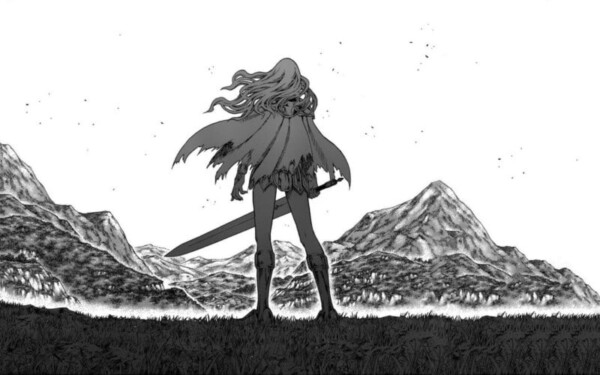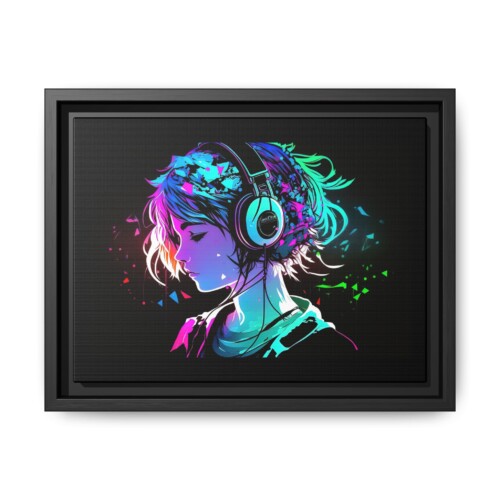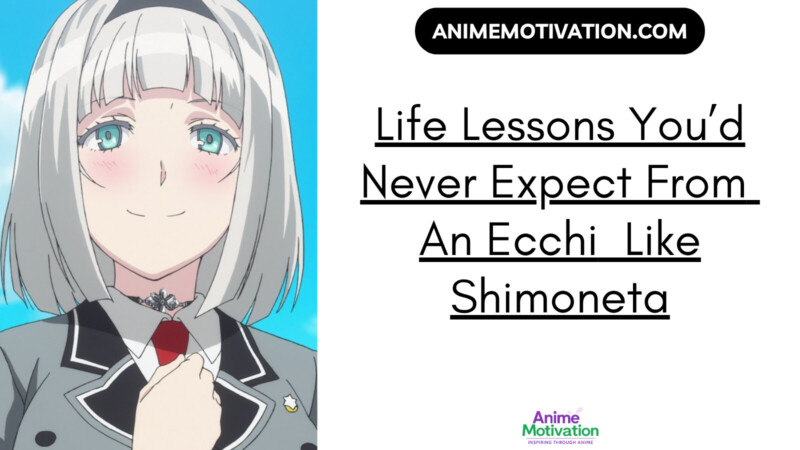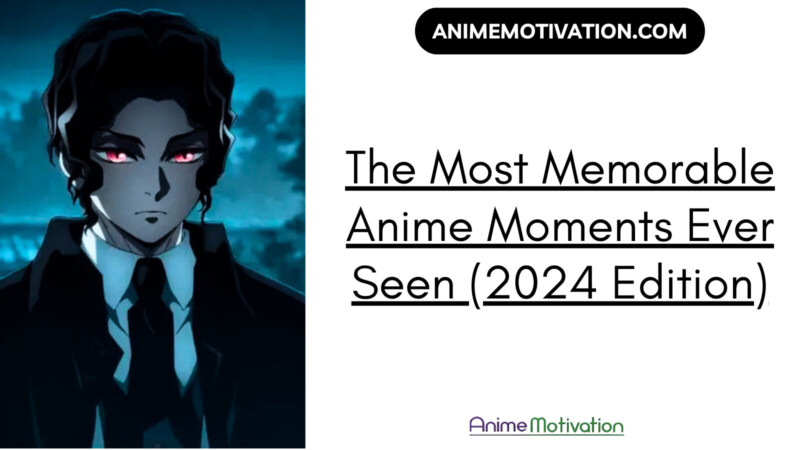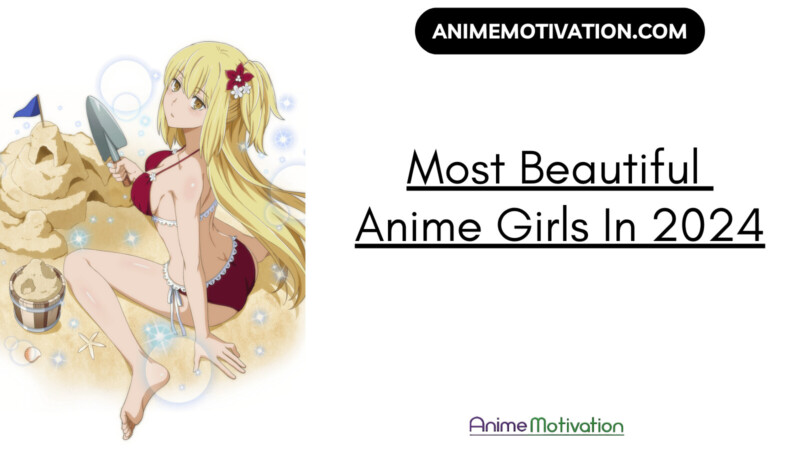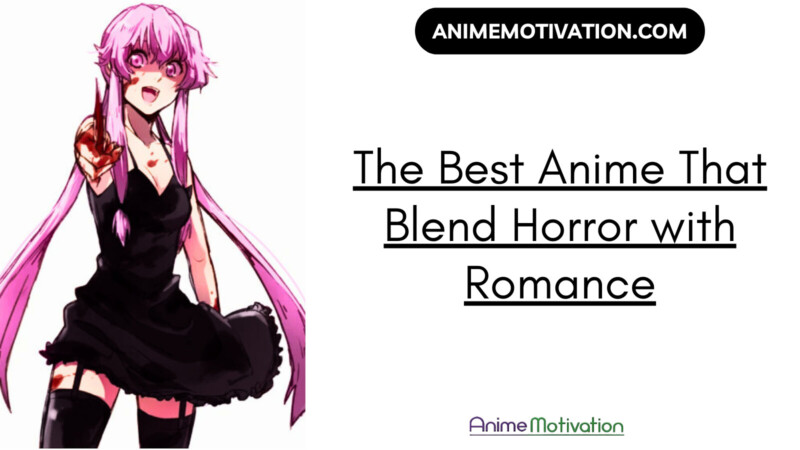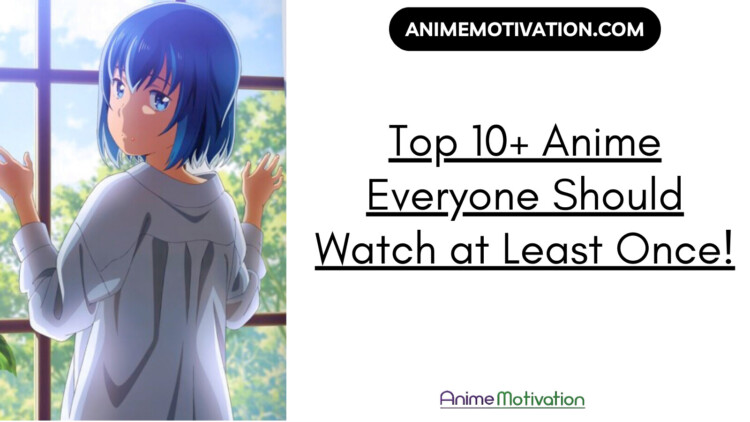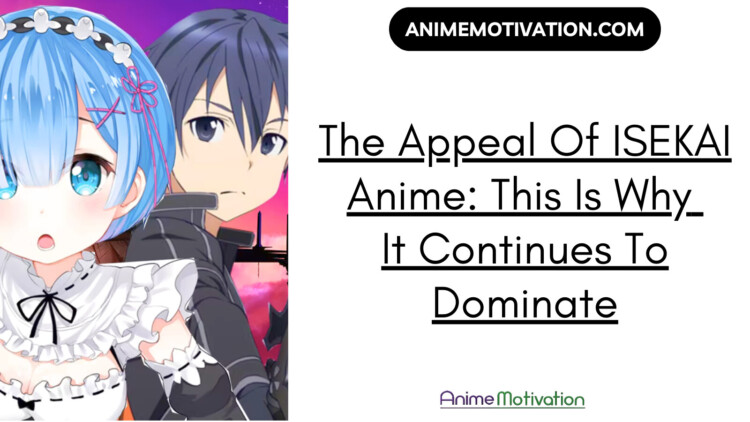Manga fans must be familiar with the classics, but with so many fantastic old-school manga options available, it can be challenging to decide which ones are worthwhile.
You can find your next great read by using this list of the top old-school manga.
Akira is an excellent example of a manga from before 1999 that is a terrific method to understand much more about the universe than you could ever learn from the anime alone.
There are also a few classic mangas that have recently gained enormous popularity thanks to new adaptations.
1.) JoJo’s Bizarre Adventure Part 2: Battle Tendency by Hirko Araki (1987-89)
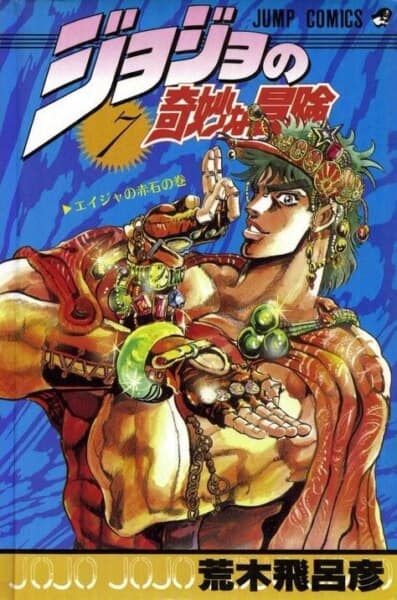
It takes place in the 1930s and follows the misadventures of Joseph Joestar. Together he forms odd alliances to help defeat vampires and ancient super beings.
A vital series in establishing the lore of the Jojo universe, despite being void of the trademark ‘stand’ abilities. Despite taking place in the 1920s, the series brought the characters into a modern context, unlike the original series, which acted mainly as a period piece.
Additionally, Hiroki’s style became further defined to better showcase the ‘machismo’ that defines the series’ aesthetic. With the series still feeling stuck in the 80’s aesthetic decades later, it is an ideal way to open up this list.
2.) Daichouhen Doraemon by Fujio F. Fujiko (1980-2004)

You would have a difficult time finding any manga or anime enthusiasts who are unfamiliar with the famous robot cat.
The adorable blue robot may be the closest to gaining widespread design recognition after your Bad Batz Marus or Hello Kittys. As a result, it is not unexpected to see him on this list, especially considering how the manga served as a launching pad for films and other creative endeavours.
This is the most morally upright and amusing entry on the list and features one of manga’s most popular characters.
3.) Touch by Mitsuri Adachi (1981-1986)

A Shounen tale about two identical twins, the girl next door, and their ambition to play baseball professionally. One of the many series by the well-known mangaka that delicately and expertly strikes a balance between romance and sports is Mitsuira Adachi’s Touch.
Touch, with its pastoral story of friendship, love, and sports, has the power to appeal to viewers of all genres. A gentle and welcoming visual style further enhances this potential.
4.) Parasyte by Hitoshi Iwaaki (1989-1994)

Shinchi Izumi, a young student, discovers that the same entity has occupied him following the invasion of a small alien species. The only portion of his body that becomes possessed is his arm, which forces him and the parasite to cooperate.
Hitoshi Iwaaki’s Parasyte, the lone horror series on the list, created a big impression when it was first released, and many people hailed it as a masterpiece.
It was a remarkable series to end the 1980s at the time since it blended horror and comedy in episodes that moved quickly and had a lot of styles.
5.) Kyou kara Ore wa!! By Hiroyuki Nishimori (1988-1997)

Takahsi and Shinji, from the same little town, decide to become criminals purposefully. The guys learn many difficult lessons about what it means to reinvent oneself and embrace a deviant lifestyle from their quest, which is not as straightforward as it first appears to be.
There aren’t many manga or anime series that concentrate on criminals; they are, however, frequently a recurring theme in many others. Tore wa Kyou kara! While one of very few of its sort, it is commonly hailed as one of the most incredible comedic series ever made.
It is nasty, outrageous, and exceptionally well-written, making for plenty of belly laughs.
6.) Banana Fish by Akima Yoshida (1985-1994)

The bizarrely named Banana Fish is a beautiful illustration of innovation in the 1980s. With a more sophisticated design that emphasizes reality over the more glittery style that dominates the genre, the series offers a slightly different perspective on the Shoujo subgenre.
The manga also touches on a few somewhat more sinister themes. The tale is about vengeance and overcoming a troubled history in many ways. However, the experience has a lot of subtleties that make it provocative.
Although it might not appeal to everyone, it is an exciting starting point for those who wish to learn more about the Shoujo genre and the various approaches it can be taken.
7.) Hajime no Ippo by George Morikawa (1989-Ongoing)

Hajime no Ippo, arguably the best manga about combat sports ever published, has been going strong since 1989. The show follows the title character Ippo’s quest to become one of the best boxers in history (in his respective weight class, featherweight).
Fans of combat sports and sports manga have recognized Ippo as a classic. This results from a natural approach to the topic and a profound knowledge that every match is of utmost significance.
Each fight is undoubtedly fierce, made even more so by the fantastic artwork that helps the reader feel every blow thrown. Even with such a lengthy run, this is a series worth investing in.
8.) Akira by Katsuhiro Otomo (1982-1990)

Akira is undoubtedly the most significant and impactful entry on our list, despite coming in third place. The manga, and consequently the anime, popularized the genre and demonstrated it as a vehicle for exploring the increasingly mature subject matter.
It would be difficult to argue against any title on this list that can assert that it influenced the landscape of 80s attitudes about the medium. However, the entry after it might be able to do so.
However, both the anime and manga are timeless works that combine dystopian, cyberpunk, and horror themes to produce an entirely original experience.
9.) Nausicaä of the Valley of the Wind by Hayao Miyazaki (1982-1994)

Nausicaa, the predecessor to Studio Ghibli, is among the most significant works to come out of the 1980s, as was alluded to in the previous section.
Unquestionably, the series triggered the establishment of one of the most adored film companies, which has since released several noteworthy movies.
The series provides a more in-depth look at Miyazaki’s imaginative and vibrant world without overshadowing the manga. This establishes the series as a must-read work for everyone hoping to learn more about and appreciate the genius of its author.
10.) Berserk by Kentarou Miura (1989-Ongoing)

Berserk, which debuted at the end of the 1980s, isn’t only the best manga of the decade; it also currently maintains the top rank among all manga, making it the closest thing the site has ever seen to a perfect score.
There is no better way to conclude this list, which is a tribute to the resilience and endurance of manga across all eras.
11.) Battle Royale (2000-2005)

Battle Royale is not a particularly enjoyable book because of its explicit portrayals of high school students executing one another in a cruel, savage, and heartless manner. But it’s incredibly captivating.
Beyond its blood and lunacy, the film delivers a powerful message against fascism and authoritarianism, not unlike what we would eventually witness in The Hunger Games trilogy.
12.) D. Gray-man (2004)

The gloomy, terrifying demons who inhabited this almost Victorian world were real, and they turned out to be much more than just fodder for our heroes, the exorcists of the Black Order.
Over the years, a compelling narrative with a cast of well-known characters and dramatic arcs developed. However, it has slowed down overall due to several interruptions and more confusing plot points.
Relevant: 25 Of The Absolute Best Anime Girls With White Hair
13.) King of Thorn (2002)

Our gang of heroes is fortunate enough to be accepted into an early-stage medical trial where they will be put to sleep and awakened when a cure is found when there is no treatment in sight.
Sadly, when our heroes awaken, they find a world in ruins, entirely overrun by nature and dominated by fantastical animals.
King of Thorn is a neatly organized adventure full of creative concepts and genuine WTF moments that still shock people today. It has several thrilling near-misses and shocking fatalities.
14.) Bakuman (2008)

Two young people are making a valiant effort to succeed as manga authors are the subject of this educational and moving tale. It honors the traditional Shonen Jump method of the manga while still being jam-packed with insider information.
Our main protagonists are high school students attempting to reach the moon against all difficulties. To rise to the top of the popularity charts, they compete against other authors and risk all. But Bakuman is more than just a character from the literature.
It’s a skillfully told tale about the people behind manga and what makes it unique.
15.) Fruits Basket (1998)

It not only sold like crazy in Japan but also managed to gain popularity in the US well before manga became widely popular. It follows a recently orphaned high school student as she is drawn into the world of a sizable, mysterious family that harbours an odd secret.
Readers still find Fruits Basket an emotional rollercoaster, despite its boyish good looks and animal-transforming mayhem, more than 15 years after it came out.
16.) Claymore (2001)

Claymore started as a good fight manga with the anti-hero trappings of something like Berserk, with a cast of warriors nearly entirely made up of women and an utterly ugly race of demonic demons.
However, as it continued in serial form, its characters developed unexpectedly, and its enemies grew into more than just the demons of the week.
What came next was a thrilling adventure that kept you on the edge of your seat and, in retrospect, drew you into this sinister universe with its sincere beginning and unexpected narrative twists.
Relevant: 23+ Of The Greatest Anime Swordsman (And Women) Who Deserve ALL The Credit!
17.) Bleach (2001)

There was a brief period when Bleach appeared to be the manga of the decade. It received so much attention that some even referred to it as one of the “Big Three,” alongside powerhouses Naruto and One Piece.
Ichigo Kurosaki’s come-from-behind miracle victories were less thrilling and more — pardon me for this — hollow after an exciting journey in Soul Society. The Arrancar arc that came after was packed with fresh faces and impressive skills, but it failed to maintain the charm.
What happens to those sent to Hell is explored in a recent Tite Kubo one-shot; this is an old piece of lore that hasn’t been seen in years. It’s an intriguing look at what may have happened if Kubo had visited Hell rather than Hueco Mundo.
18.) Lucifer and the Biscuit Hammer (2005-2010)

Amamiya Yuuhi is not persuaded by the talking lizard in his bed, despite being told to participate in a supernatural fight to defend the world.
Naturally, over time he starts to understand the gravity of his predicament. But Lucifer and the Biscuit Hammer is a recognized cult classic thanks to its believable lighthearted treatment of a common shonen cliché.
19.) Bokurano (2006)

In Bokurano, a large ensemble of pre-teens is pitted against one another in a series of horrific one-on-one fights as part of some interplanetary competition. Beyond the combat, this series is renowned for its heartbreaking twist: its mecha is powered by the life force of its pilot.
Bokurano eventually focuses more on what it means to be alive for a short period than on the enormous fights.
20.) Naruto (1999)

When Naruto first premiered in late 1999, it was a hit immediately thanks to its meticulous attention to detail and its series creator, an incredibly relatable loser. The manga series Naruto quickly evolved throughout the 2000s into a significant cultural influence.
The early chapters’ adorable antics came to an end during a mission that was life or death and involved the fate of an entire village.
The narrative continues in full force as Naruto attempts to navigate the politically complex and war-torn globe after his bittersweet victory against the villainous ninjas Zabuza and Haku.
In addition, the confrontations themselves feature memorable ninjutsu and highly anticipated showdowns.
21.) Hunter x Hunter (2000s)

After finishing Yuyu Hakusho, Yoshihiro Togashi attempted the shonen genre once more with Hunter X Hunter, a story about the courageous quest of Gon Freecss to locate his father.
Being a hunter was always a life-or-death situation. However, at the beginning of the series, it seemed like Gon would triumph because he was the hero. With the emergence of the Nen’s paranormal talents and their terrifying, covert wielders during its reign in the 2000s, this started to change.
The series quickly transitions from captivatingly dark adventures to intense geopolitical confrontations. Kurapika’s quest for vengeance turns violent and quickly gory. Greed Island is a haven for serial killers.
They’re not simply stupid creatures, these monster chimera ants eating people.
22.) Gantz (2000-2013)

With its incredibly violent sci-fi fights against the actual landscape and well-known landmarks, each chapter gives the reader a glimpse into an alternate reality.
When it wasn’t all blood and exploding guts, it offered a profoundly poignant tale about losing loved ones while engaged in an impossible battle.
Without foundation Gantz established during the 2000s, it’s difficult to fathom the craziness of something like Chainsaw Man becoming popular.
23.) Death Note (2003-2006)

The titular notebook, which kills everyone whose name is inscribed, would have been the absolute star in the hands of another artist. However, with Tsugumi Ohba in charge, the Death Note serves as nothing more than a means for Light Yagami to subjugate the world to his whim.
Light is prepared to kill everyone because of his utopian vision of a life free from crime. But the introduction of L, the one adversary he is powerless to defeat, makes the series shine.
Light and L are caught in an ever-intensifying cat-and-mouse game, and their encounters continue until the first significant arc’s explosive finale. Even though its admirers disliked its last plot arc less, it was still a heart-pounder.
24.) One Piece (1997)

The Straw Hat Pirates fight to remain together as they contend with the absolute authority of the world government, turning One Piece on its head after seven real-life years of forward motion.
The Straw Hat Pirates underwent an emotional journey that transformed them into one of the Grand Line’s most powerful crews. And for us readers, it also signifies the precise moment when One Piece unquestionably rose to the top of the manga charts in the 2000s.
25.) Black Angels (1981-1985)

In this comic by Hiramatsu Shinji, a hitman seeks justice in a world complete with criminal activity. Despite being incredibly violent for its time, Black Angels was a great hit in Japan and were later collected into 20 volumes.
Today, most American fans might not be aware of the series.
26.) Captain Tsubasa (1981-1988)
In large part because it made soccer famous in Japan, Captain Tsubasa is regarded as a legendary series. Over the years, the manga and its several spin-offs have sold more than 80 million copies, inspiring several professional players across the globe.
Sports series have been rising ever since, mainly because of Captain Tsubasa’s unquestionable success.
27.) Yoroshiku Mechadoc (1982-1985)

Yoroshiku Mechadoc, one of many racing-themed anime released in the 1980s, did pretty successfully and was given a 30-episode anime adaptation in 1984. Despite being an affordable vehicle, the Mechadoc can go over any surface.
Although the series is now essentially forgotten, it had a consistent readership for a few years.
28.) High School! Kimengumi (1982-1987)
High School! Kimengumi is a famous comedic manga about a gang of misfit high school students. When it was at its peak of popularity, Kimengumi wasn’t afraid to use puns to make people laugh.
The narrative centered on an oddball-filled school club and the resulting mischief of its members.
29.) Ginga: Nagareboshi Gin (1983-1987)

Gin leaves his owner to join a gang of wild dogs to outwit the ferocious bear Akakabuto, as told in the manga series Gin: Nagareboshi Gin.
Despite being a commercial and critical success, the series was deemed too violent for its target demographic’s younger viewers. As a result, before being released on VHS outside of Japan, the anime was censored, and crucial parts were lost in translation.
30.) Fist Of The North Star (1983-1988)

With its post-apocalyptic themes and bloody action setpieces, the Fist of the North Star television series requires no introduction. Martial artist Kenshiro stands up for victims of crime and violence in a world plagued by both.
It’s safe to argue that countless more manga wouldn’t exist today without the example that Fist of the North Star created, and it continues to be one of the most successful media series ever.
31.) Baoh Raihosha (1984-1985)

Manga artist Hirohiko Araki developed this bloody series about a teen who has been transformed into a living bioweapon before he authored the legendary JoJo’s Bizarre Adventure.
The series featured Araki’s distinctive visual aesthetic and laid the foundation for a devoted following.
32.) Otoko Zaka (1984-1985)

This comic, which follows a miscreant training with a demon, was one of the first works in the Yankee subgenre. The Saint Seiya author Masami Kurumada wrote the series, which started in the 1980s but took a 30-year break.
It started serializing again in 2014 and ended this past year.
33.) Shape Up Ran (1984-1987)

A popular manga series called Shape Up Ran followed a female bodybuilder.
The narrative, which at times seemed subversive but also a product of its day, blended jokes about societal norms with the protagonist’s sincere aspirations to succeed in an odd sport.
34.) Choukidouin Vander (1985-1986)

Choukidouin Vander, a science fiction manga by Zetman author Masakazu Katsura, is another tale of an alien invasion that was shelved quite early on.
This is partly because the plot was overly grandiose, and the world-building felt a little odd.
35.) RoadRunner (1985-1986)

Few people today know of the motorcycle manga RoadRunner, which lasted long enough to reach three volumes.
Due mainly to the popularity of early series like Speed Racer, the racing manga was very popular then.
36.) City Hunter (1985 – 1991)

Numerous anime versions of the highly successful City Hunter were produced, and it was a hit not only in Japan but elsewhere.
The detective series was even turned into a live-action picture in France and a feature film with none other than Jackie Chan.
37.) Otokojuku (1985-1991)

The story of Otokojuku takes place in a boys’ school where kids are taught martial arts and expected to grow up to be “real men,” It is another manga about teenage criminals.
That said, only the first three volumes have been distributed in the US as of 2018.
Related: 13+ Old School Anime You Should Add To Your List
38.) Kenritsu Umisora Koukou Yakyuu Buin Yamashita Tarou-kun (1986-1990)

The 1988 anime adaptation of the well-known baseball manga Kenritsu Umisora Koukou Yakyuu Buin Yamashita Tarou-Kun.
It centers on Tarou Yamashita, a horrible player who resolves to improve.
39.) Jungle King Tar-Chan (1988-1990)

Tar-Chan, a Tarzan-inspired television series about a man raised by a chimpanzee, was adapted into a well-liked anime and a computer game in the 1990s.
The story started as a comedic manga, but it quickly became to be serialized and incorporated more fighting scenes.
40.) Kacchuu No Senshi Gamu (1988)

Yoshihiro Takahashi, the creator of Ginga, wrote this manga about ninja dogs who have fallen from grace. Therefore it is surprising that the series only lasted two volumes.
41.) Magical Taruruto (1988-1992)

Magical Taruruto, written by the same person who wrote Golden Boy, centers on the struggles Honmaru Edojo faces in elementary school while receiving supernatural support from a boy named Taruruto.
–
Recommended Next:
30+ Of The Best Manga Art Covers That Grab Your Attention

